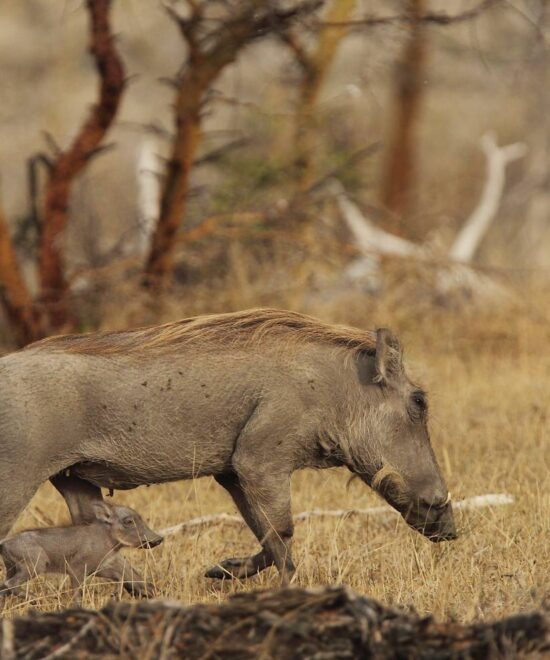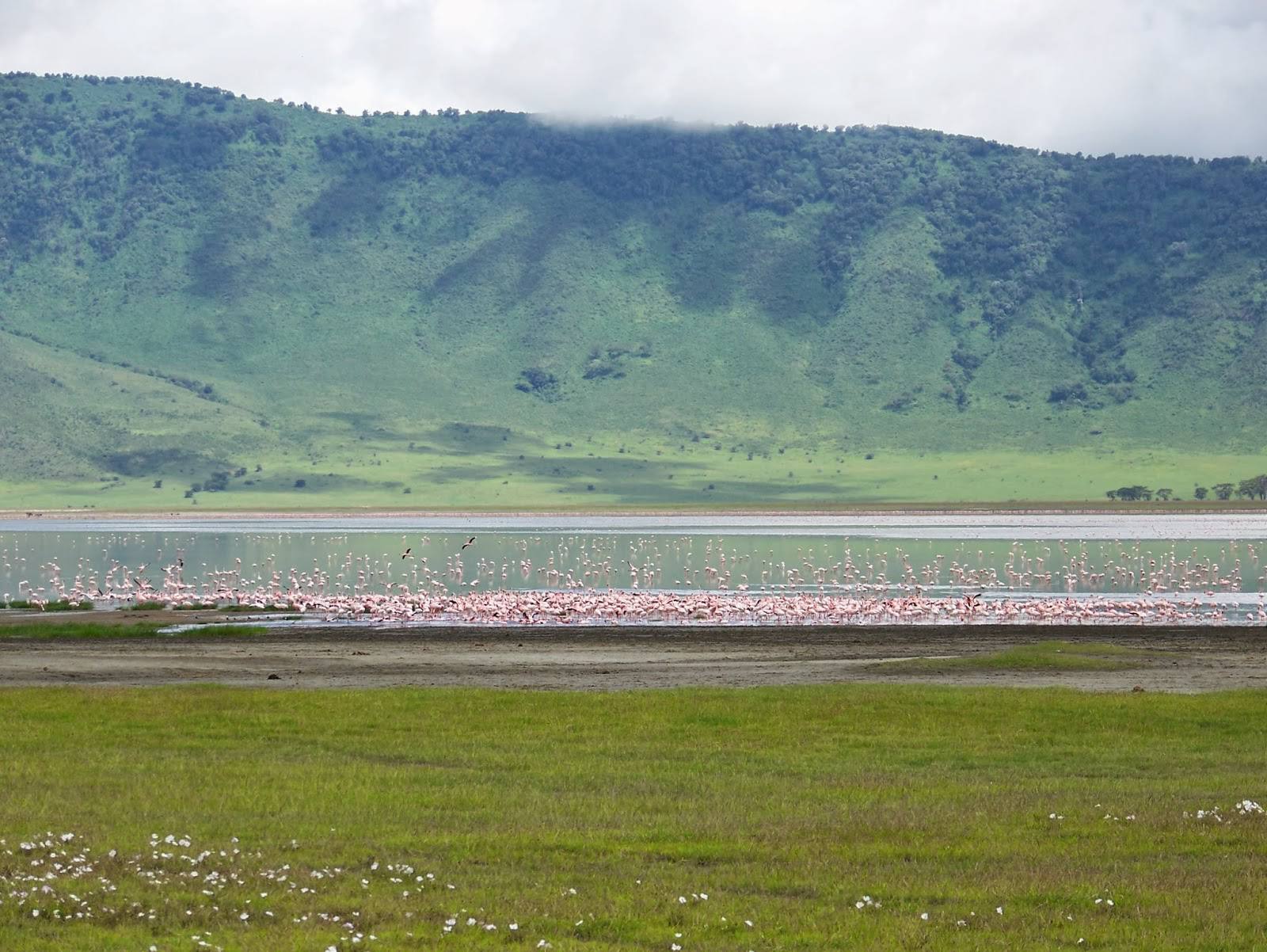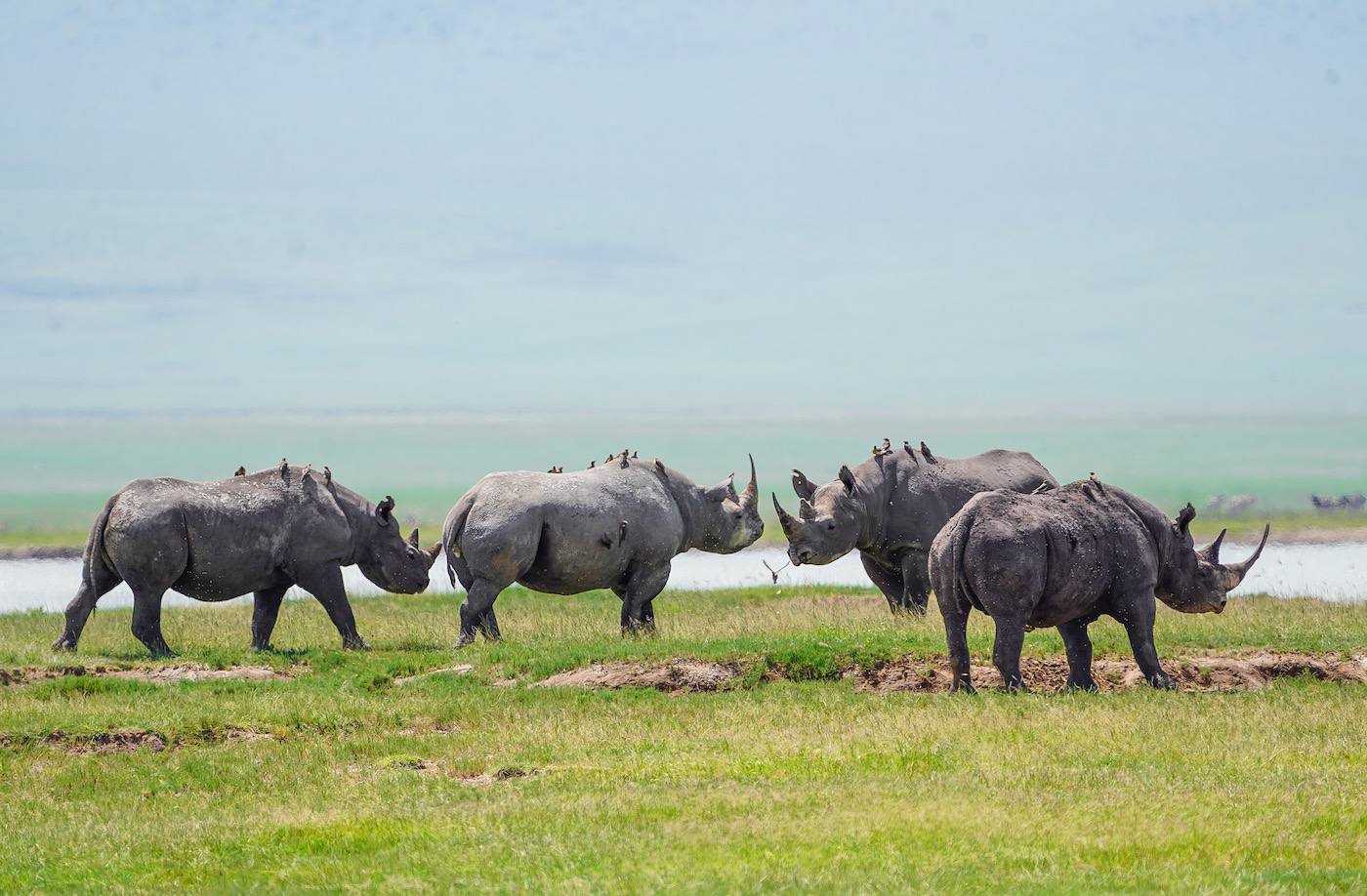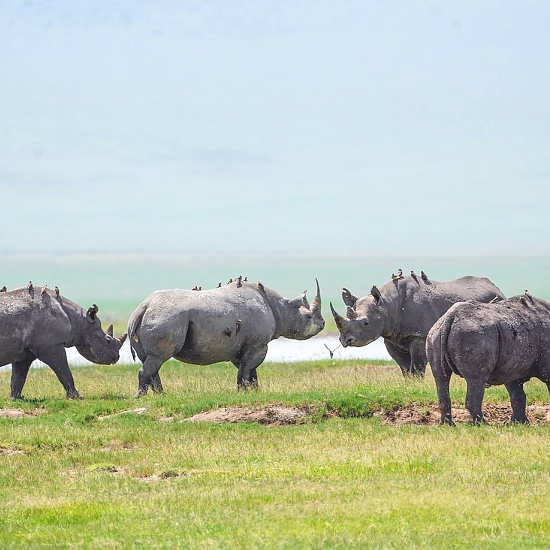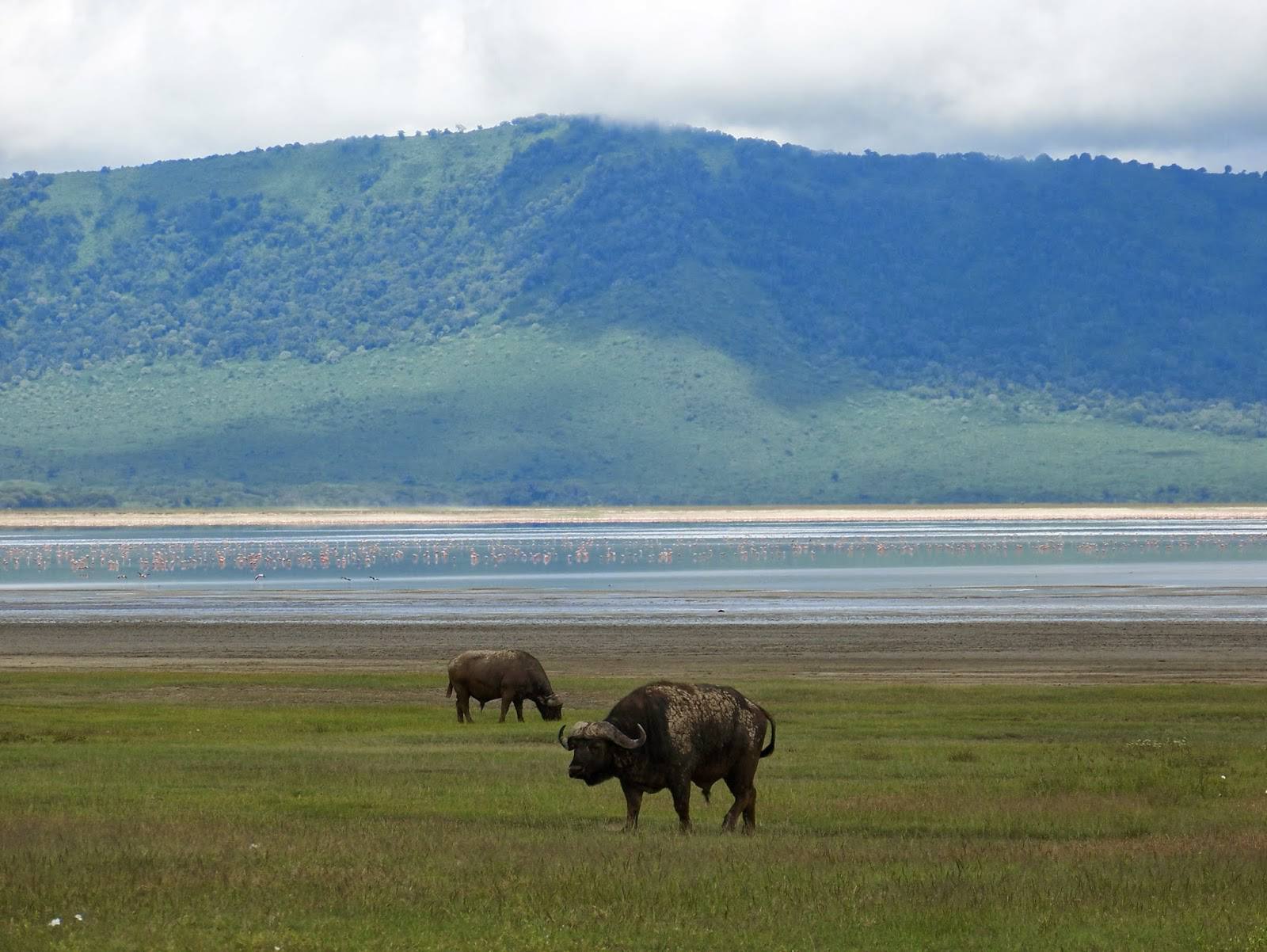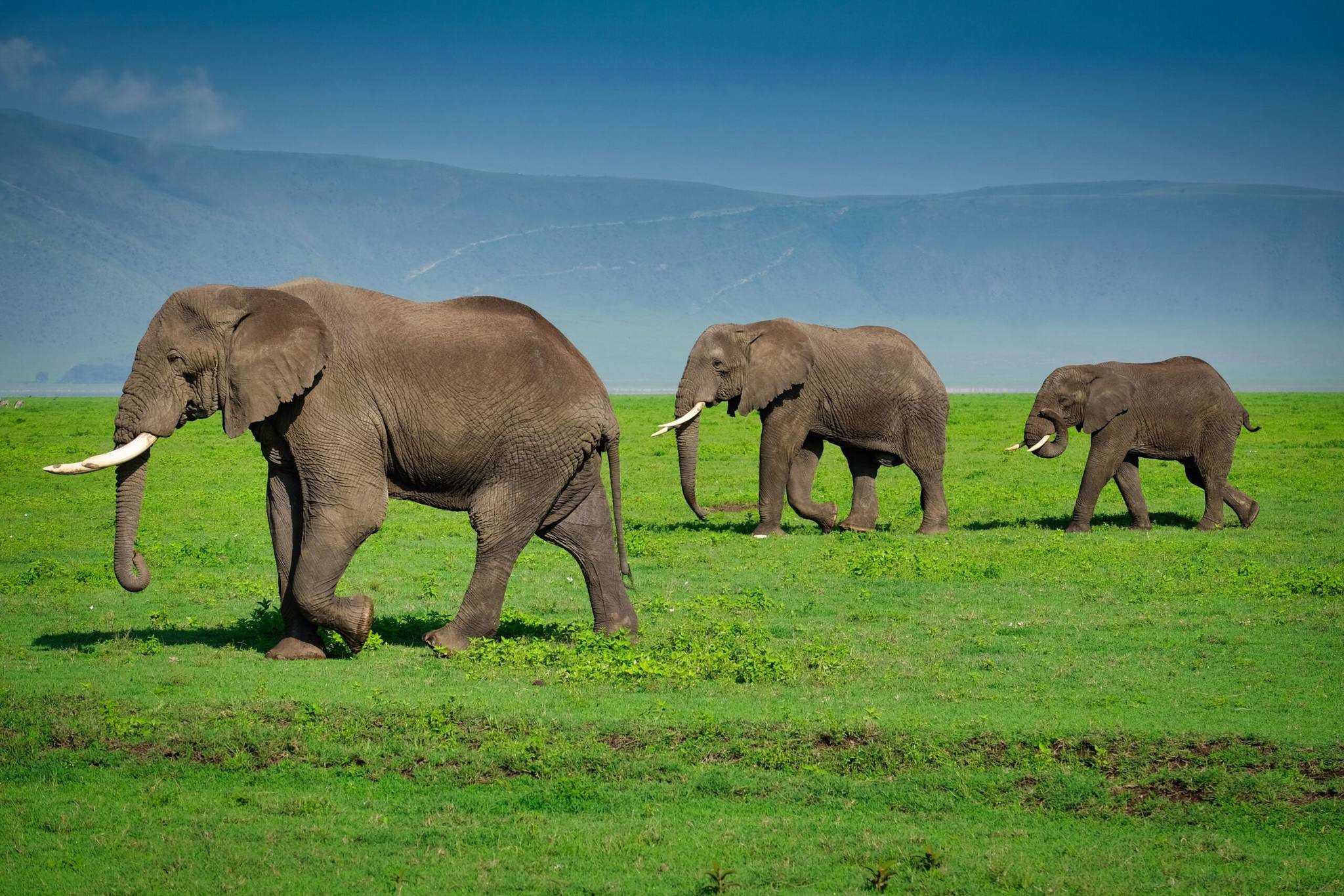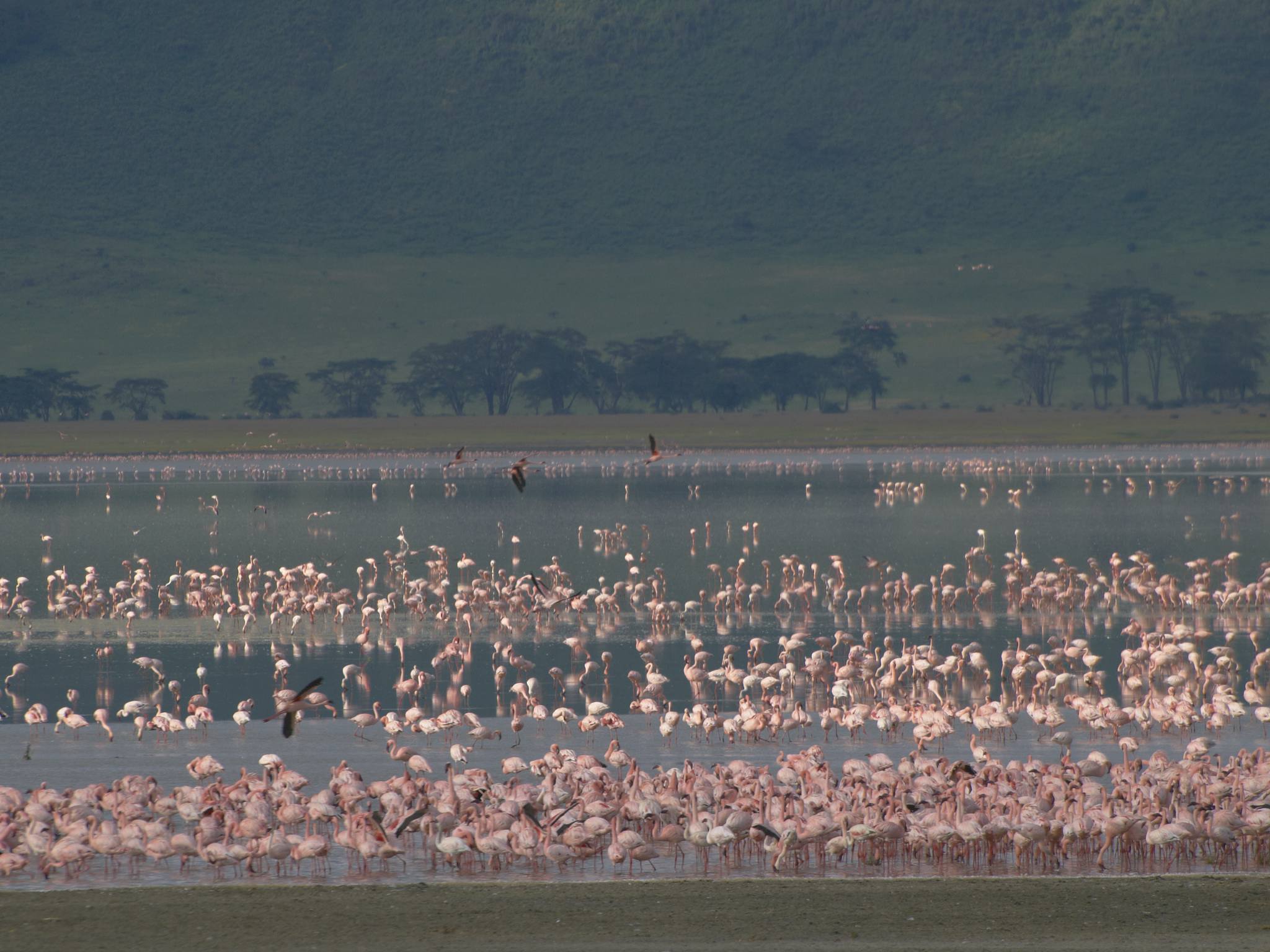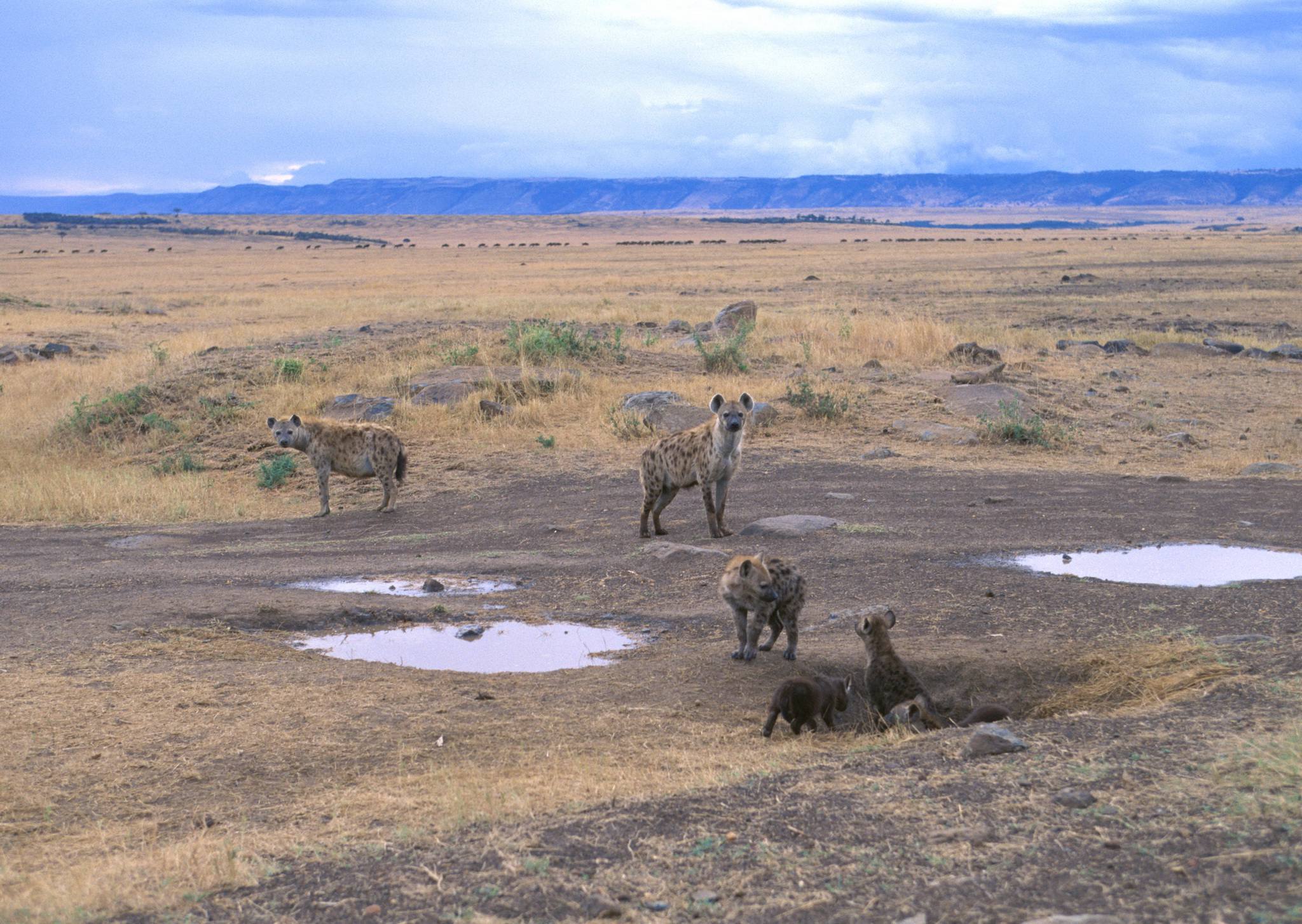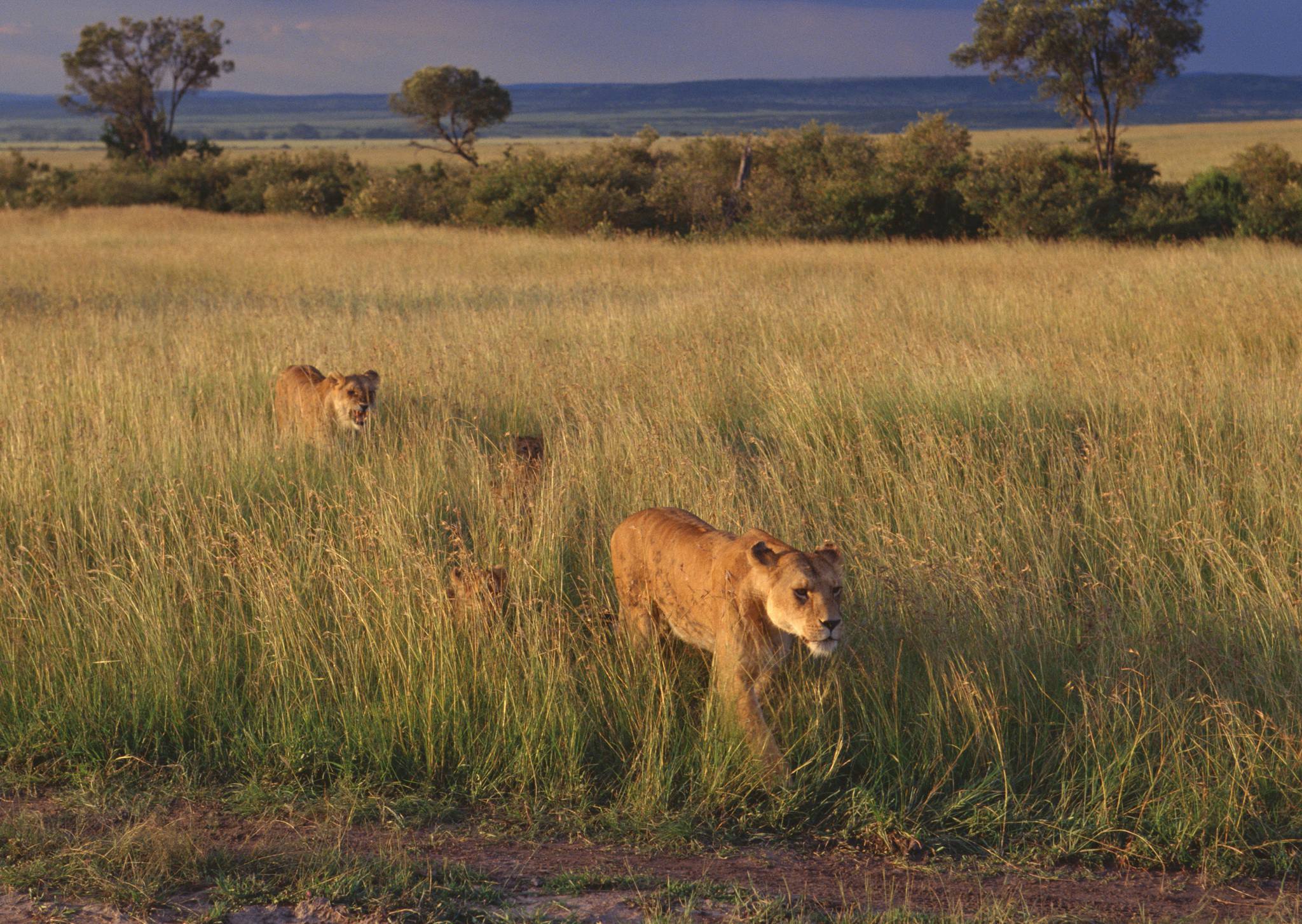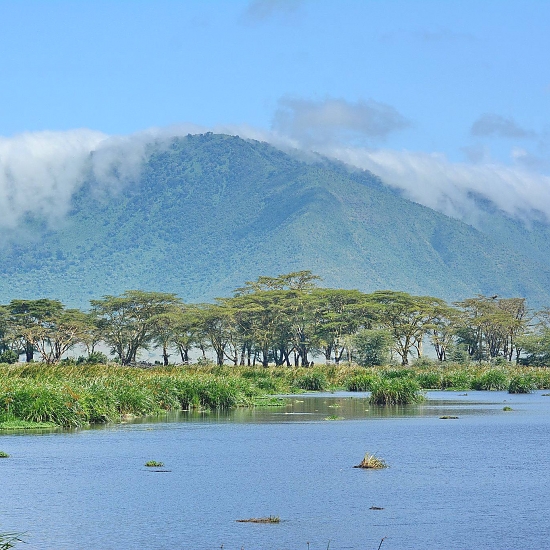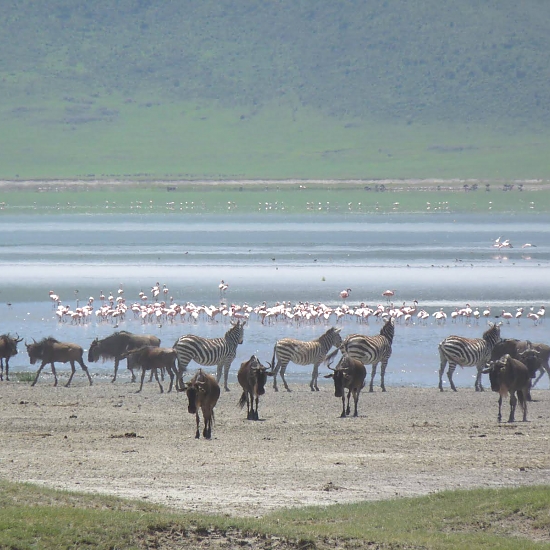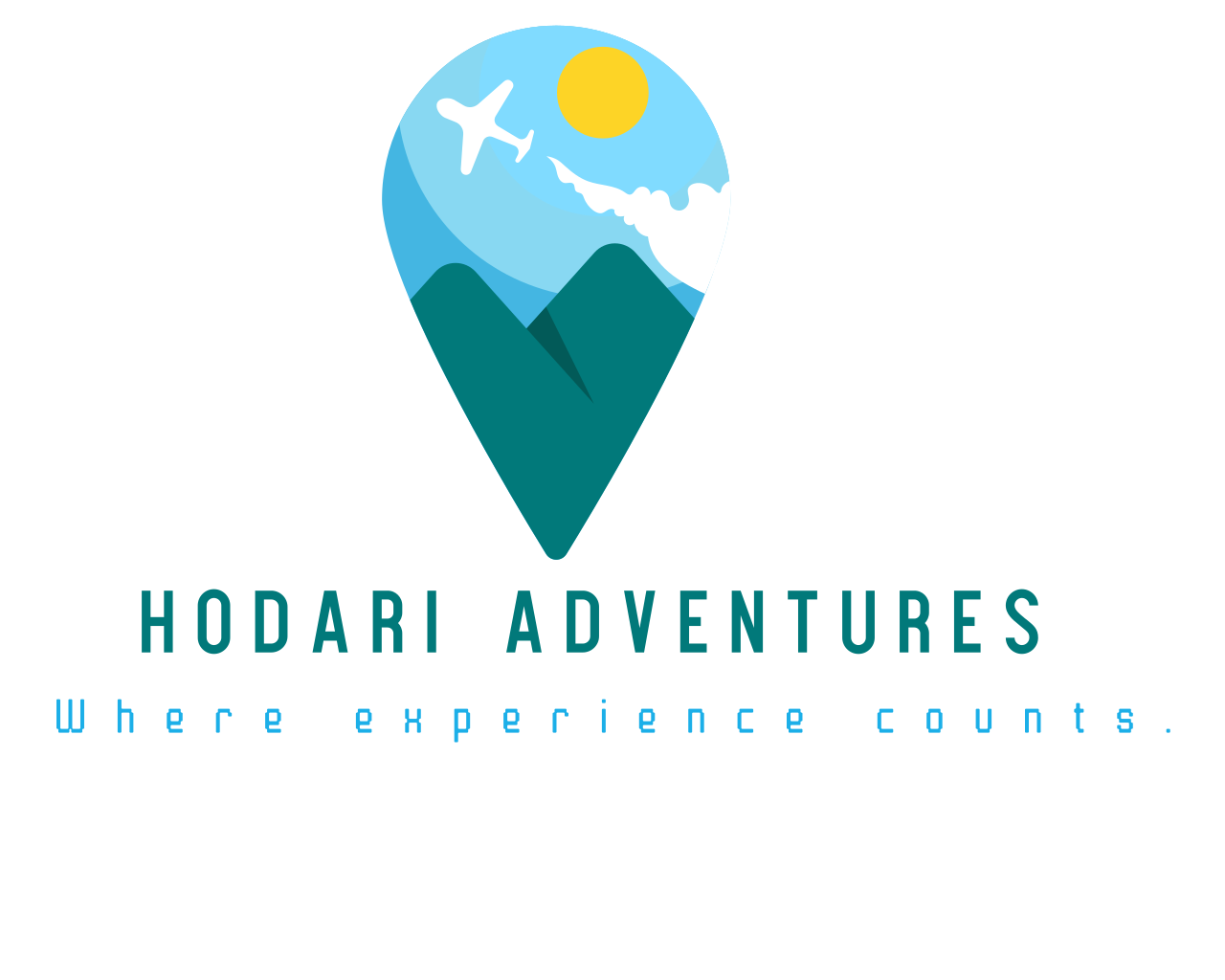Ngorongoro National Park: Where Wildlife Roams Free and Time Stands Still.
- Northern Circuit
Perfect
4.8/5
from 5 reviews
About the National Park
Ngorongoro National Park is renowned for its stunning landscapes and abundant wildlife. The park covers an area of approximately 8,292 square kilometers (3,202 square miles), including the crater floor, which is the main attraction. The crater is home to a vast array of wildlife, including elephants, lions, cheetahs, hyenas, and an abundance of bird species. Ngorongoro Crater itself is approximately 260 square kilometers (100 square miles) in size, with walls rising 600 meters (1,968 feet) from the crater floor. The entire conservation area, including the crater, covers over 8,000 square kilometers (3,200 square miles).
Adventures & Tourism
Visitors to Ngorongoro National Park can enjoy a variety of adventurous activities, including game drives on the crater floor, where they can witness the incredible diversity of wildlife up close. Walking safaris are also available on the crater rim, offering breathtaking views of the crater below. Ngorongoro is a popular destination for tourists seeking a unique safari experience. The park offers luxurious lodges and tented camps, as well as more budget-friendly options, ensuring there is something for everyone. The stunning scenery and incredible wildlife make it a must-visit destination for any safari enthusiast.
Activities
In addition to game drives and walking safaris, visitors to Ngorongoro National Park can also visit nearby attractions such as Olduvai Gorge, one of the most important paleoanthropological sites in the world, where early human fossils have been discovered.
Wildlife
Ngorongoro Crater is home to an incredible array of wildlife, including the “Big Five” (elephant, lion, leopard, buffalo, and rhinoceros), as well as a variety of other species such as wildebeest, zebras, hippos, and flamingos. The crater’s unique ecosystem supports a high density of wildlife, making it one of the best places in Africa for game viewing. The crater floor is mostly open grassland, providing excellent grazing for herbivores such as wildebeest and zebras. The crater rim is covered in dense forest, home to a variety of bird species and small mammals.
Climate
The climate in Ngorongoro is generally mild and temperate, with cool nights and warm days. The rainy season lasts from November to May, with the heaviest rains falling in April and May. The dry season, from June to October, is the best time to visit for game viewing, as the animals congregate around the few remaining water sources.
Accessibility
Ngorongoro National Park is easily accessible by road from Arusha, the nearest major city. The park entrance is about a 3-hour drive from Arusha. Alternatively, visitors can fly into the nearby town of Manyara and drive to the park from there.
